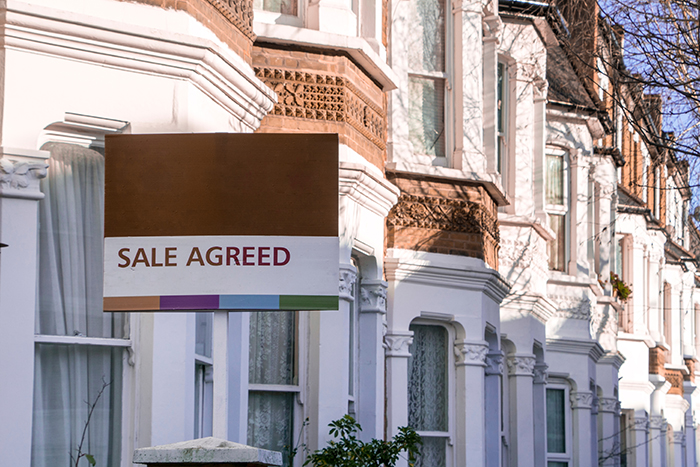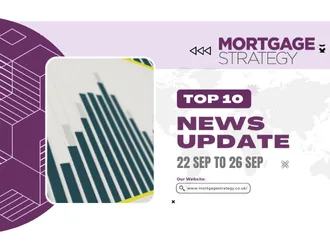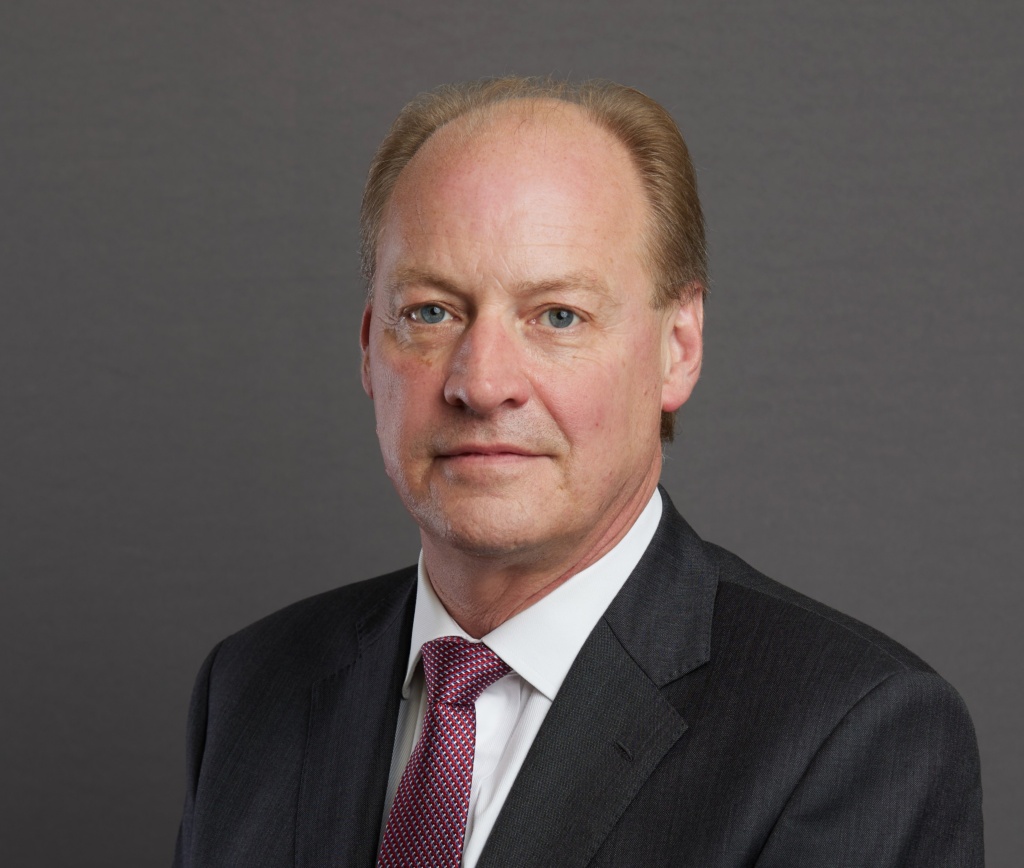
Fall throughs are estimated to have cost UK buyers and sellers £270m during Q3 of last year, marking a second consecutive quarterly increase as market conditions continue to prove challenging for the property industry.
This is according to research from information platform, Home Sale Pack which shows that the number of transactions falling through is on the up, increasing by 13.3% in Q3 of last year, having already increased by 9.3% between Q1 and Q2.
At the same time, Home Sale Pack estimates that the average cost of a fall through in Q3 also climbed to £3,433 – an increase of £51 on the previous quarter and £84 versus the start of the year.
As a result, Home Sale Pack estimates that the total cost of fall throughs to UK buyers and sellers sat just shy of £270m during the third quarter of last year, 15% higher than the Q2 total.
On a positive note, while the frequency of fall throughs and the resulting cost incurred is on the up, they remain below the levels seen the previous year.
In fact, there were 12.8% fewer fall throughs seen during Q3 of 2023 versus the same period in 2022, while the total cost to the market was also down 9.8% on an annual basis.
The analysis by Home Sale Pack also shows that between Q1 and Q3 of 2022, the total estimated cost of fall throughs had hit almost £775.8m. During the same period of 2023, this total cost is estimated to have hit just £717.1m – a difference of £58.7m.
Home Sale Pack co-founder Ruth Beeton commented: “2023 proved to be a challenging year for the property market and fall throughs remained a prominent obstacle for many homebuyers and sellers to overcome.
“The good news is that slower market conditions and fewer transactions tend to yield fewer fall throughs and so both the number and resulting cost incurred in 2023 have, so far, remained somewhat lower when compared to the previous year.
“Despite this, fall throughs have been increasing consistently throughout 2023 and with the market starting to show signs of a resurgence towards the end of the year, we expect this trend to have continued in Q4”.



